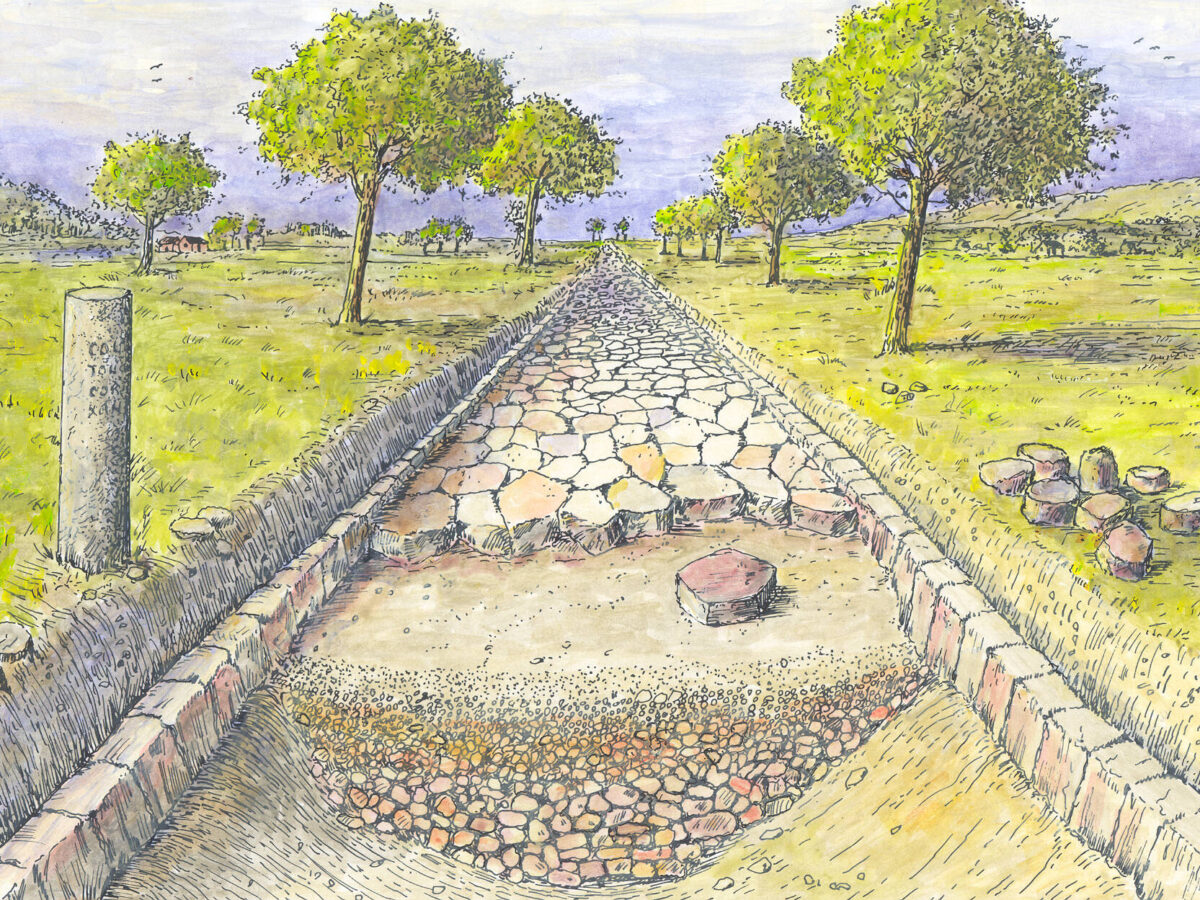Identity Revealed: Roman Grave Belongs to Soldier Flaccus
Author: Kiki Voncken
Photography: Municipality of Heerlen

The Roman grave discovered last week during archaeological research at the Raadhuisplein in Heerlen has been identified as belonging to a Roman soldier named Flaccus. The find, dating from around the year 0, is the most remarkable evidence yet of Roman habitation at this location. Never before has a Roman grave from this period been found bearing a name.
Last week, archaeologists from ADC ArcheoProjecten came across an extraordinary pit filled with remains of Heerlen’s earliest settlement during their excavation at the Raadhuisplein. The shape of the features and the discovered artefacts indicate that this is a burial from the Roman period. Personal belongings and pottery bearing the soldier’s name were found in the grave.
Identity confirmed
Specialised archaeologists have determined that the grave belonged to a Roman soldier named Flaccus. This conclusion comes from the abbreviation FLAC, carved into a small bowl found in the grave. Alongside the bowl, the researchers also uncovered a bronze skin scraper and four different plates. The pottery, originating from Italy, confirms that Flaccus was a Roman soldier. This is a unique discovery — not only because it is the oldest Roman grave ever found in Heerlen, but also because no name had ever been identified before.
The story of Heerlen
The Raadhuisplein, located near the historic Roman roads Via Belgica and Via Traiana, was an important site in the heart of the Roman settlement Coriovallum — the ancient name for Heerlen. The recent discoveries provide new insight into the city’s early history. The square is a unique place where 2,000 years of history come together, revealing the full story of Heerlen piece by piece.
Archaeological research at the Raadhuisplein will continue until next week. These extraordinary finds contribute to a deeper understanding of Heerlen’s rich past and its Roman origins.

